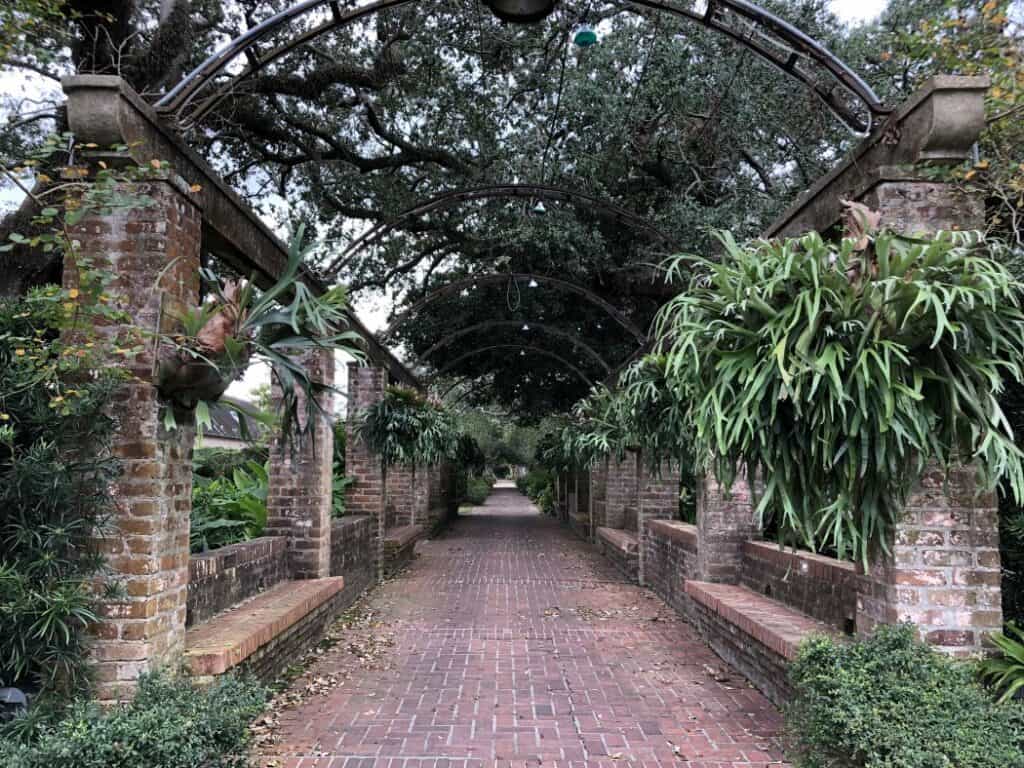History of Hanging Gardens
Legend says these tiered gardens of trees shrubs and vines resembled a sloping mountain landscape. Many believe that the Hanging Gardens of Babylon are the inspiration behind the modern-day hanging basket. The story goes, King Nebuchadnezzar built the gardens some 3000 years ago to cheer his homesick wife who originated from a mountainous are somewhere around Iran? While there is no evidence of such a garden, this story provides some romantic inspiration for our own hanging gardens.

Staghorn ferns

Dallas fern
A hanging basket is a suspended container used for growing decorative plants. They are typically hung from buildings, street furniture for environmental enhancement, suspended from free standing frames or structures. Open, vertical spaces of the indoor garden, carport, terrace, patio, balcony, porch or under trees is often unused. In these areas, hanging baskets help create beauty by giving color and interest to open spaces or bare walls. They may improve air quality by filtering out pollutants, boost health via Aroma Therapy and reduce stress. They are useful to gardeners whose planting areas are limited or may have physical limitations. Beautiful and exotic plants are suitable for baskets or planters. Plants with drooping growth habit are preferable, because their pendulous stems, falling over the sides of the container, display flowers and foliage to best advantage. Drooping plants hide containers, making the plant, rather than the container, the outstanding feature. Upright-growing plants, other than orchids and bromeliads, are not used to best advantage when planted by themselves in baskets but certainly may be displayed in hanging planters.
Early spring is the best time to start hanging baskets. The warm weather of spring, summer and fall provide a long growing period for annuals and cold-tender plants that are replanted yearly. For plants carried over from year to year, a spring planting gives the plants a full season’s growth, and they are well established before winter’s cold.
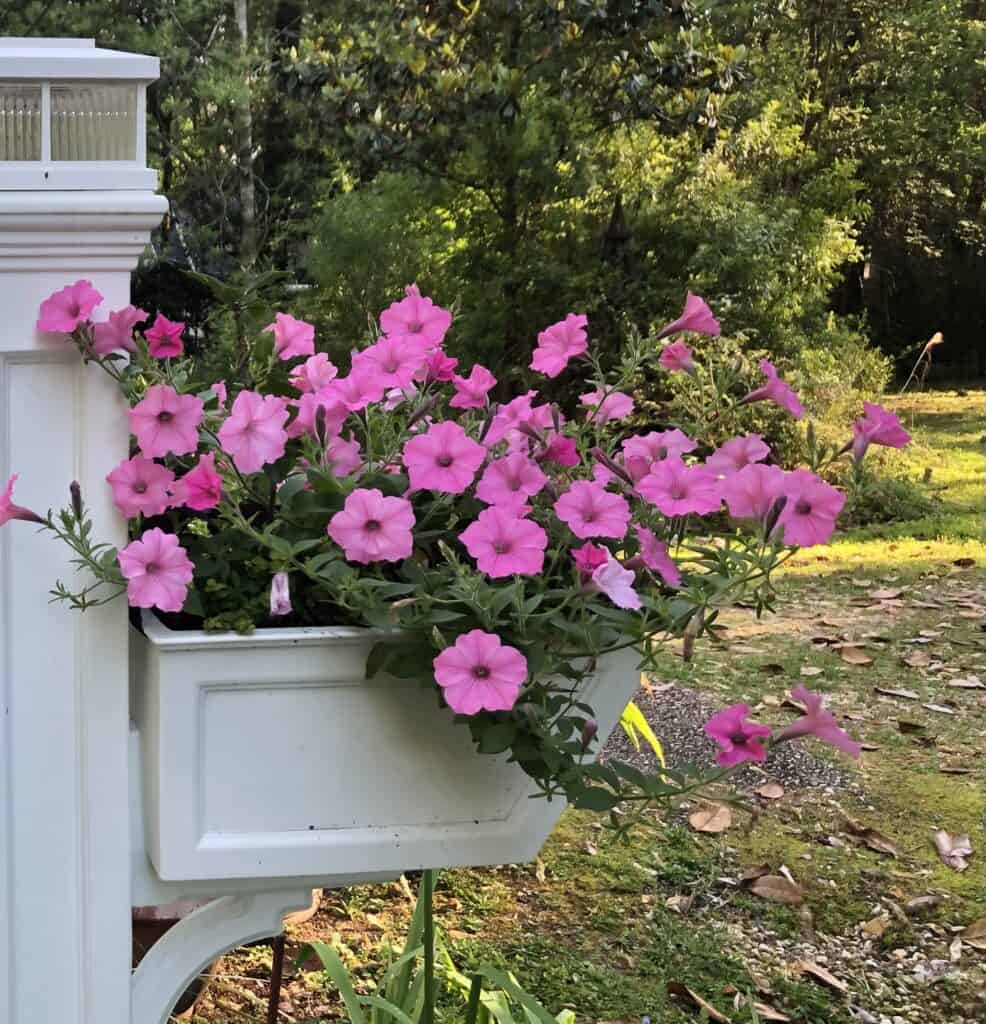
‘Supertunia Vista Bubblegum’ petunia
The most popular planters used are those made of galvanized wire. These are very light, sturdy and last for years. Plastic baskets similar in design to wire baskets are available, but they are not as sturdy as wire and may split or tear apart over time. They come in a wide variety of colors. Use colored baskets to harmonize with the decor of the area in which the basket is to be displayed. consider color in choosing the plant material. Teakwood or cypress wood baskets are used particularly for orchids and bromeliads. When using a wire or other meshwork hanging basket, line it with some material to hold the soil in the container. Usually, the basket is lined with a thick layer – up to 2 inches – of coarse sphagnum moss. Wet the sphagnum moss before pressing it to the bottom and sides of the basket. Some gardeners have used plastic film or aluminum foil instead of moss. When these materials are used to line the basket, punch small holes in the bottom of the lining material for drainage and aeration. Baskets lined with these two materials are not as attractive as those lined with sphagnum or other mosses, but the soil does not dry out as rapidly. If you wish to reduce the quick drying of the soil in the basket, first line the basket with moss and then place a layer of plastic or foil next to the moss before filling the basket with soil. Again, punch small holes in the lining to assure good drainage. You also may buy liners to fit the various sizes of wire or plastic hanging baskets. Water-tight liners, which have no holes, are extremely useful in preventing water from dripping onto surfaces that should not become wet. If no liner is used, prevent water damage by attaching an aluminum or plastic pot saucer to the bottom of the wire basket to catch the excess water. The water must be discarded, and it may overflow at times. It is much easier and safer to use watertight liners in baskets when dripping is undesirable.
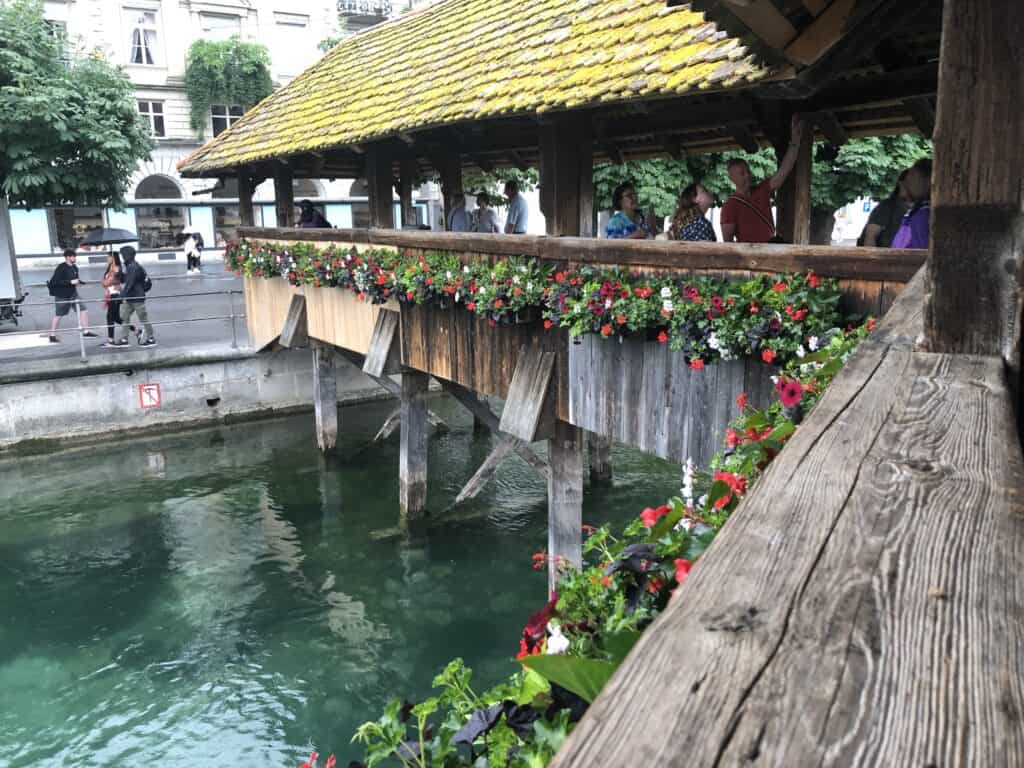
Geraniums, petunias etc.
After the basket has been selected and lined, start fill basket with soil. A good soil for most hanging baskets is one-part sharp sand, two parts loamy soil, one part leaf mold or peat moss and one-half part dried cow manure. You may choose to buy a good quality light weight premixed potting soil instead of mixing your own soil. Orchids and bromeliads are generally grown in osmunda fiber or various types of tree bark. Place plants in the basket at about the same depth in the soil as they were previously grown. Adjust the planting depth by filling in from the bottom until the plant is at the proper height. Fill the remaining space with soil, stopping about 2 inches from the top of the basket. After placing the soil around the plant, soak the basket in a tub of water and then hang it in position. hanging baskets dry out quickly so check for moister at least every other day. As the plant grows and the days become warmer, it may be necessary to water daily or twice daily depending on the plant materials used. Lower the baskets to the ground and immerse them in a vessel of water. Heavy or long plants may be damaged by this watering method. Where baskets are hung at less than head height, you can water with a hose using a wand or use a pulley system to raise and lower baskets. Swivel plant hangers and hooks can help make watering and turning plants for even sun exposure an easier chore.
Fertilize once plants begin to put on new growth. This will vary from two to four weeks, depending on the type of plants. For the first two feedings, space them a week apart. Subsequent fertilizations are given with every third watering. Water-soluble or liquid fertilizers are the easiest to use and give good results. Always follow the directions on package or bottle for amount of fertilizer to use. During winter, feed once or twice monthly. Keep plants attractive and tidy by cutting off any leggy, damaged or dead plant materials. Pinch or prune back the shoots of vining plants to encourage branching and development of new shoots. This makes plants fuller and have a more pleasing appearance. The hardiest plants for hanging baskets include native ferns, English ivy, common mint, cascade chrysanthemum and lantana.
Caterpillars, mealy bugs and scale insects are the most common insects attacking plants grown in hanging baskets. Leaf spot and other fungus diseases are not a serious problem on hanging baskets. Always read the label on the insecticide or fungicide you decide to use and follow directions on the label for amount to apply and how often to use the material. Observe all precautions given on labels.
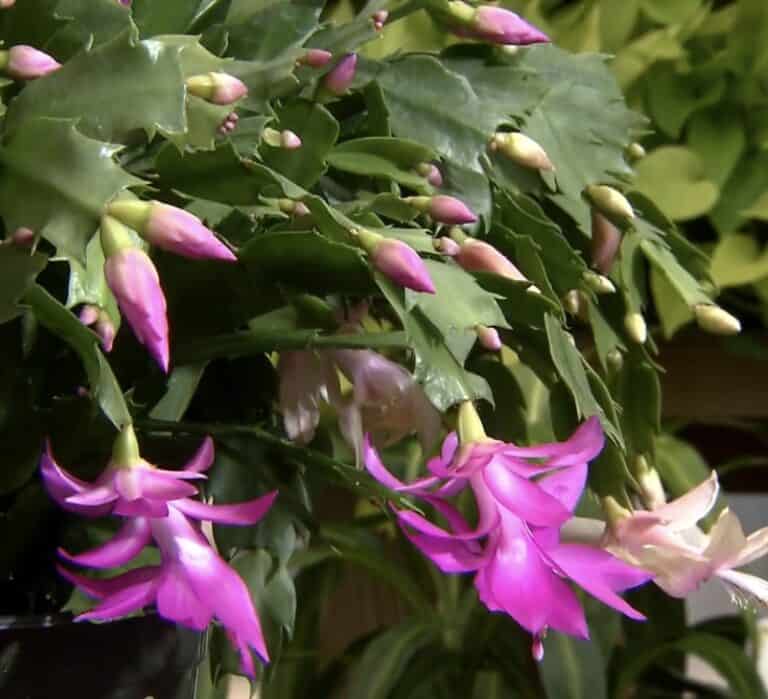
Thanksgiving cactus
Some Suggested Basket Plants: (but not limited to)
Flowering: Abutilon megapotamicum, Allamanda, Achimenes, Begonias (of drooping growth), Browallia, Cascade Chrysanthemum, Cascade Petunia, Clianthus (C. dampieri and C. puniceus), Campanula (C. isophylla and C. primulinum), Flame Violets (Episcias), Fuchsias, Impatiens sultanii, Lantana (dwarf, trailing) and Lipstick plant (Trichosporum lobbianum).
Cacti and succulents: Burro tail (Sedum morganianum), Carrion flower (Stapelia nobilis), Ice plant (Mesembryanthemum crystallinum), Thanksgiving, Christmas and Easter Cactus and Wax plant (Hoya carnosa).
Foliage: Asparagus fern (Asparagus plumosa and A. sprengeri), Coleus, English and other types of ivy, Ferns (native and exotic species), Kangaroo vine (Plectranthus australis), vining Philodendron,
Pothos, Smilax, Spider plant (Chlorophytum elatum), Rhipsalis spp., Tradescantia species and Zebrina pendula (both Wandering Jew), Vinca major and common mint.
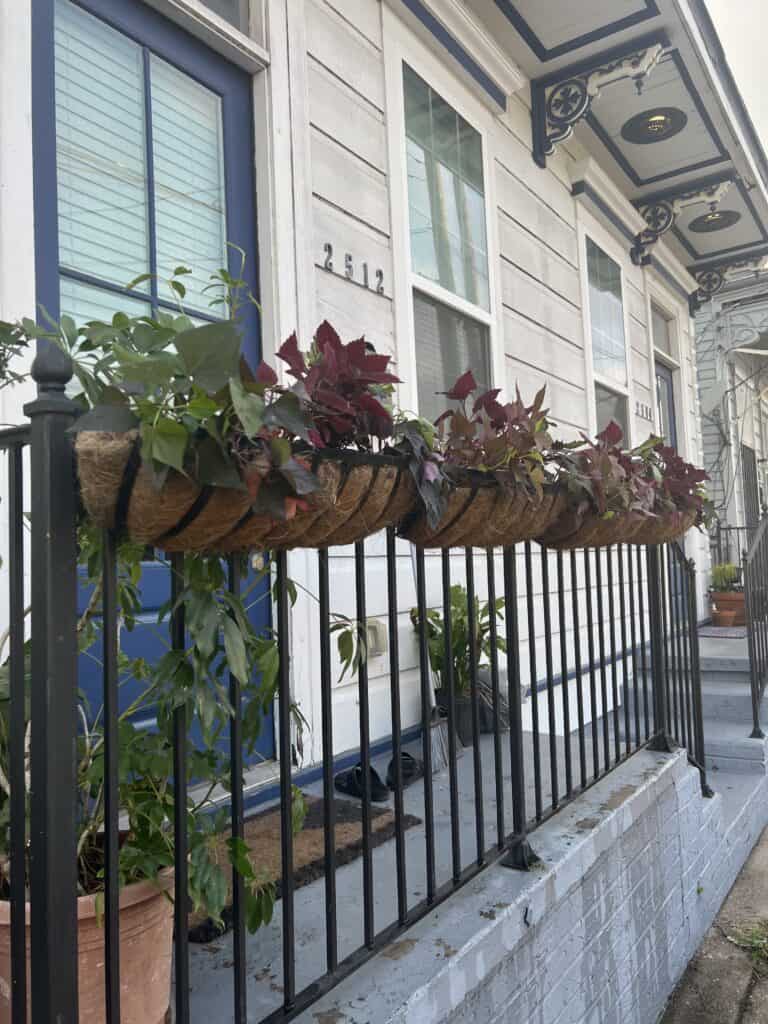
Coleus and potato vines
*Information for this article is largely taken from publication by Dan Gill, Horticulturist, retired and Dr. Allen D. Owings, Horticulturist, retired, LSU AgCenter. Visit www.lsuagcenter.com. See Hanging Baskets publication #1555.
All photos by Karen Blackburn.

By Karen Blackburn

